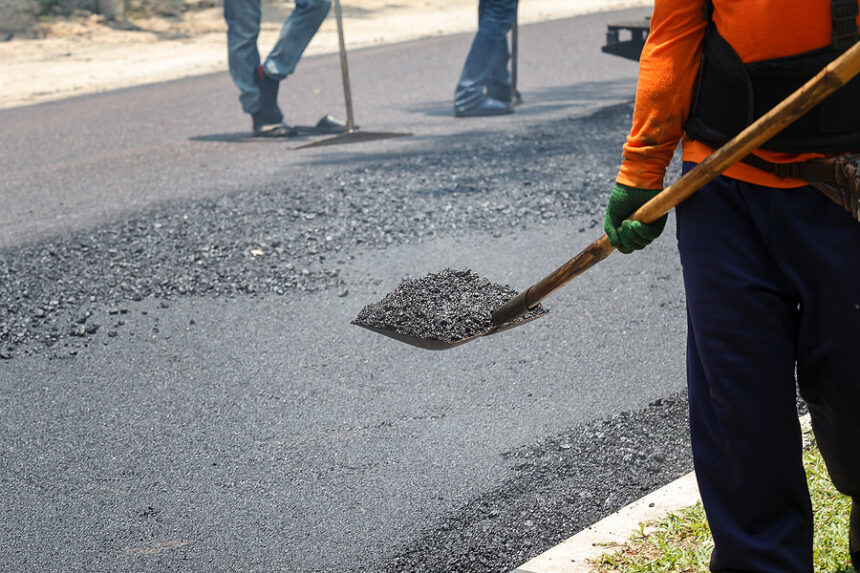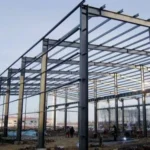As a homeowner, maintaining your property is essential to preserving its value and ensuring safety. One of the critical aspects of home maintenance is the condition of your asphalt surfaces, such as driveways, parking lots, and walkways.
Over time, wear and tear, environmental factors, and heavy traffic can lead to cracks, potholes, and other forms of damage. This guide will help you understand when and why asphalt repair is necessary, how to identify issues, and the best practices for maintaining your asphalt surfaces.
Understanding the Importance of Asphalt Repair
Asphalt surfaces are durable and cost-effective, but they are not immune to damage. Proper maintenance and timely repairs are crucial for several reasons:
- Safety Concerns: Cracks and potholes can pose a significant safety hazard. They can lead to trips and falls, which can be especially concerning for families with young children or elderly residents. Repairing these issues promptly reduces the risk of accidents on your property.
- Preventing Further Damage: Small cracks can quickly escalate into larger problems if not addressed. Water can seep into the cracks, freeze during colder months, and expand, causing more extensive damage. Timely repairs can prevent costly repairs in the long run.
- Enhancing Curb Appeal: A well-maintained asphalt surface enhances the aesthetic appeal of your property. Cracked or crumbling asphalt can detract from the overall appearance of your home, making it look neglected.
- Increasing Property Value: Properly maintained asphalt can increase the value of your home. Potential buyers often look for properties that have been well cared for, and a smooth, well-maintained driveway can make a positive impression.
When is Asphalt Repair Needed?
Recognizing the signs that your asphalt surfaces need repair is vital for maintaining safety and aesthetics. Here are some common indicators that it’s time to take action:
1. Cracking
Small, hairline cracks can develop over time due to temperature fluctuations and traffic. However, if you notice larger cracks or multiple cracks forming, it’s a sign that your asphalt needs attention. The most common types of cracks include:
- Alligator Cracking: This pattern resembles the scales of an alligator and indicates severe damage that needs immediate repair.
- Longitudinal Cracking: These cracks run parallel to the direction of traffic and can indicate a lack of proper support beneath the asphalt.
- Transverse Cracking: These cracks run perpendicular to the traffic flow and can be caused by shrinkage or insufficient drainage.
2. Potholes
Potholes are depressions that form when the underlying structure of the asphalt fails, often due to water damage. They can be hazardous to vehicles and pedestrians alike, leading to accidents and potential injury. If you notice potholes forming, it’s essential to repair them as soon as possible.
3. Fading and Discoloration
Asphalt can fade and lose its rich black color due to UV exposure, heavy traffic, and harsh weather conditions. While fading itself may not indicate immediate repair needs, it can be a sign of underlying damage. Additionally, faded asphalt can detract from your property’s curb appeal.
4. Water Pooling
If you notice water pooling on your asphalt surfaces after rain, it could indicate poor drainage or surface damage. Water pooling can lead to further deterioration of the asphalt, making it crucial to address the issue promptly.
How to Repair Asphalt
Repairing asphalt can range from simple DIY tasks to more complex professional services. Here’s a breakdown of common repair methods:
1. Sealcoating
Sealcoating is a preventative maintenance technique that involves applying a protective layer over the asphalt surface. This process helps to seal small cracks, prevent water penetration, and protect against UV damage. Sealcoating is typically done every 2 to 3 years and is ideal for maintaining the appearance and longevity of your asphalt.
2. Crack Filling
For small cracks, crack filling is a straightforward repair method. This involves cleaning out the crack and filling it with a specialized sealant or filler. This method helps prevent further damage and water infiltration.
3. Pothole Repair
Potholes require more extensive repairs. The damaged asphalt needs to be removed, the area cleaned, and then filled with fresh asphalt. For larger potholes, it may be necessary to involve a professional service to ensure proper installation and compaction.
4. Resurfacing
If your asphalt surface is extensively damaged but not beyond repair, resurfacing might be a viable option. This process involves applying a new layer of asphalt over the existing surface. It’s an excellent way to improve the appearance and extend the life of your asphalt without the expense of complete replacement.
Conclusion
As a homeowner, understanding when and why asphalt repair is needed can save you time, money, and headaches in the long run. Regular inspections and timely repairs can help maintain the safety and aesthetic appeal of your property, ensuring that your asphalt surfaces remain in excellent condition. Whether you choose to tackle minor repairs yourself or hire a professional, taking action at the first sign of trouble will help keep your asphalt surfaces looking great for years to come.



